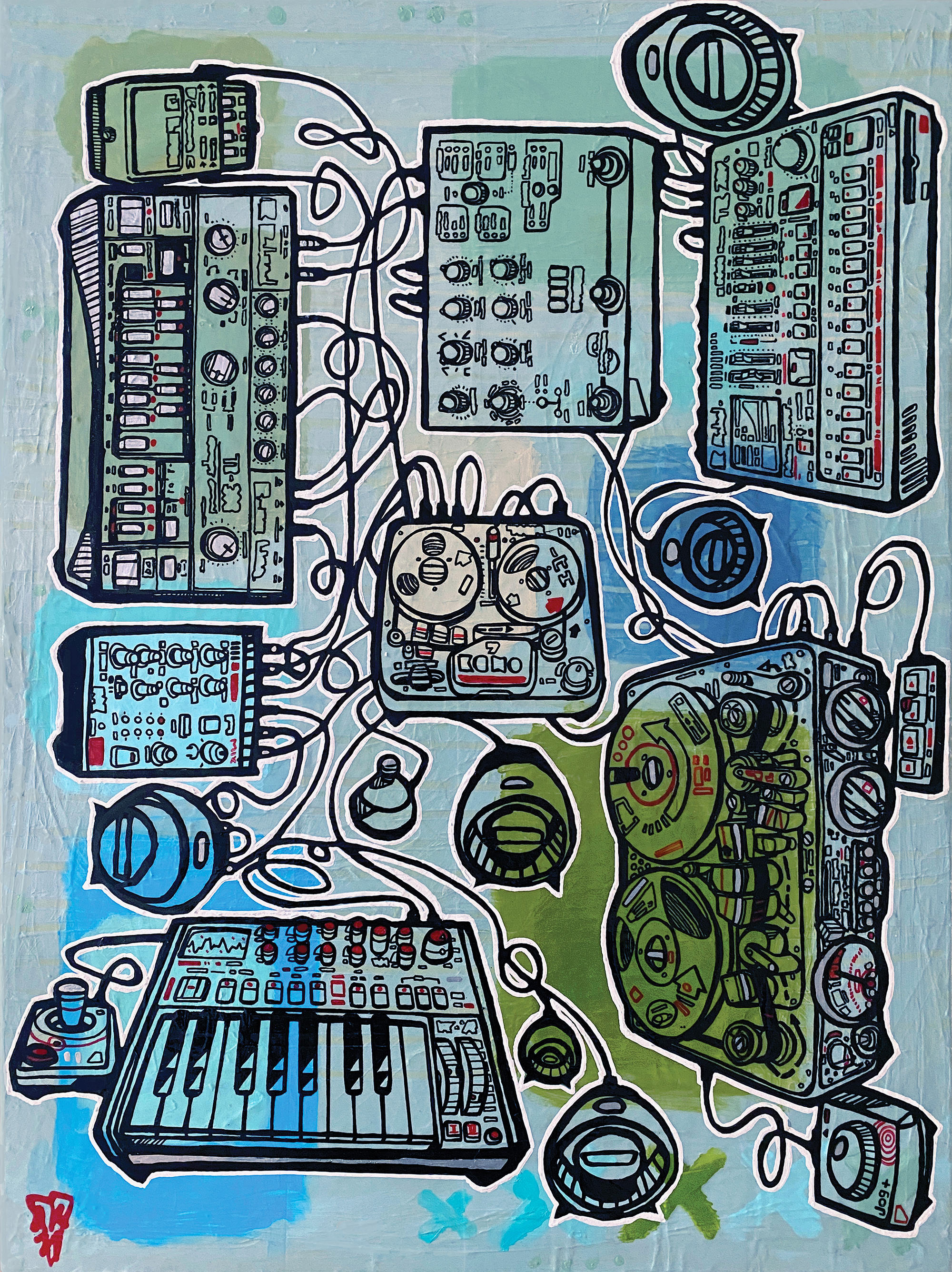MicParts, the DIY-oriented company run by Roswell Pro Audio’s Matt McGlynn, has built up a faithful clientele over the last decade by delivering meticulously sourced and well-documented microphone kits for various applications, some of which are easy enough for a first-time solderer to put together without much fuss. The newest offering from MicParts, the T-67 Microphone Kit, promises to deliver some of the saturation and smooth character of the venerable Neumann U 67 microphone for less than one-tenth of the cost of a reissue. Following in the footsteps of the company’s transformer-coupled JFET T-47 and T-12 microphone kits, which use K47-style and RK-12 capsules, the T-67 Kit pairs the company’s new RK-67D capsule with a single-stage JFET/transformer circuit based on the vintage Neumann design. Two internal switches (mic body must be removed) provide for a 10 dB pad and cardioid or omni polar pattern selection.
Several years ago, I built the T-47 kit as one of my first forays into amateur electronics and enjoyed the process nearly as much as the resulting microphone. I jumped at the chance to buy one of the first T-67 kits and to put it up against some of the tube and transformer-based condenser microphones in my home studio. The kit comes with a choice of three transformers. The default transformer is the MP6.5, which comes standard with the T-47 and T-12 kits. A lower-cost T6.5 transformer is available, which MicParts describes as having about 2 dB more second-order harmonics. I opted for the Platinum 6.5 option, which MicParts says is a subtle improvement on their stock transformer across the frequency spectrum (at an additional $50). The T-67’s body is painted matte black with custom colors available. A mic pouch and swivel mount are included with purchase.
The build process was smooth, and while I wouldn’t recommend it to someone who has never soldered before, it would make a great second or third project, with easy-to-read and comprehensive instructions, full of well-annotated step-by-step photographs. The kit includes an alternate bias resistor, which will add 10 to 12 dB of second-order harmonic content when used in the circuit. Because I wanted more of a utility mic than a character mic, I decided to leave the circuit design as-is. When I made the rookie mistake of using the wrong screws to mount the capsule, I emailed Matt, and he was quick and courteous with his response. In all, the build took me about three hours. For fun, since I own the microphone, I took off the MicParts-branded logo and added my own emblem, an enamel pin of a sleeping dog that I filed down and glued in place.
Now that the T-67 kit is complete, I’ve been using the microphone extensively for several weeks in the tracking of my eighth solo album, pairing it with a ribbon on stereo drum overheads, on amps for fingerpicked guitar, and putting it up against two tube microphones on vocals (a Soyuz SU-017 [Tape Op #117] and a Neumann U 47-style mic that I built from various individually ordered parts). The signal produced by the T-67 is significantly more “hi-fi” and clean in the upper half of the frequency spectrum than the other microphones, both of which possess significant and unique strengths of their own, and the capsule’s transient response is anything but harsh on cymbals, or on my own notoriously sibilant voice. With a somewhat less-attenuated proximity effect than the tube microphones I tested it against, the T-67 is far from clinical-sounding and could easily win out against more expensive microphones on certain voices and in various scenarios. In dense mixes, the microphone produces a signal that cuts through washes of lower-mid frequencies on competing tracks with aplomb. The mic has very low self-noise, and pairs well with a variety of preamps and coloration depending on the application. If you know how to solder or are feeling adventurous and want to start with a moderate challenge, you can’t go wrong with the T-67 kit, especially considering its extremely competitive price.




_disp_horizontal_bw.jpg)